Research Division of Archaeology
JEONG Seongmok
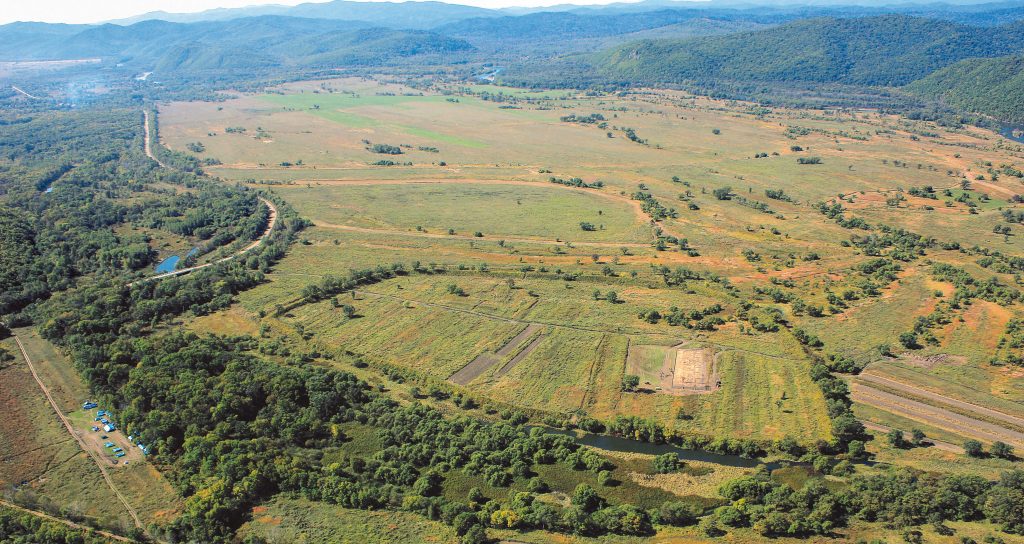

Joint international excavations are meaningful activities in which international partnerships are formed to secure materials needed to restore the history of the country and the ancient culture of humanity as a whole. Since 2000, the NRICH has conducted joint archaeological excavations, first with Russia and later with Mongolia and Central Asian countries. These excavations have yielded remarkable outcomes.
1. Balhae Fortress Excavations in Primorsky Krai of Russia
Together with Russian experts, the NRICH has been researching a Neolithic site on Suchu Island along the Amur River as well as the Bulochka settlement site in Primorsky Krai where the original primitive form of ondol, the traditional underfloor heating system constituting Korea’s unique housing culture, was identified. Similarly, since 2008, in partnership with the Institute of History, Archaeology and Ethnology at the Far Eastern Branch of the Russian Academy of Science, the NRICH has been engaged in joint archaeological excavations of fortress sites from the Balhae period (698–926), an ancient empire that once existed in today’s Primorsky Krai and was dubbed in the 9th century the “Flourishing State of the East.”
The Koksharovka-1 Flatland Fortress site in the Chuguyevsky District is presumably the remains of the main center of Anbyeon-bu, one of the regional administrative units of Balhae. Joint excavations on this site were conducted between 2008 and 2014. The fortress walls were built at least two phases by stacking layers of soil and then reinforcing their outer surfaces with stones collected from mountains. Along the walls inside the fortress, seven large building features aligned in the east-west direction were discovered, with each site featuring the remains of ondol with a chimney in the north. To the north outside the fortress, a large ritual building (Koksharovka-8) built by stacking stones was also recovered. These archaeological findings serve as useful materials that can help enrich our understanding of the culture of the region’s indigenous elites.
Sinel’nikovo-1 Mountain Fortress in Ussuriysk is a defense fortress overlooking the waterway that once connected the central and provincial regions of Balhae. Joint excavations (2015–2016) on the site confirmed that the fortress walls were constructed by piling up soil and then encasing it with stones — in typical Balhae style. A spatial survey of the inner area of the fortress has recovered a number of large building features and artifacts, allowing for the establishment of chronological sequence for the two-phased existence of the Mohe culture and the Balhae culture in the area. Furthermore, the research team has demonstrated, through a viewshed analysis, how observation and vigilance were conducted from the fortress.
Similarly, archaeological excavations on the Starorechenskoe Flatland Fortress site in Ussuriysk (2017–2019) have confirmed that the walls were built using the stamped earth technique (an ancient earthenwork engineering method in which soil is poured into molds created using wooden poles and plates before being compacted and piled up). In addition, complex facilities for production, storage, and transport were recovered, including a pit-style ice storage facility as well as gates and roads that connect the inner and outer spaces of the fortress. These findings suggest that the fortress served as a regional logistics hub during the Balhae period.
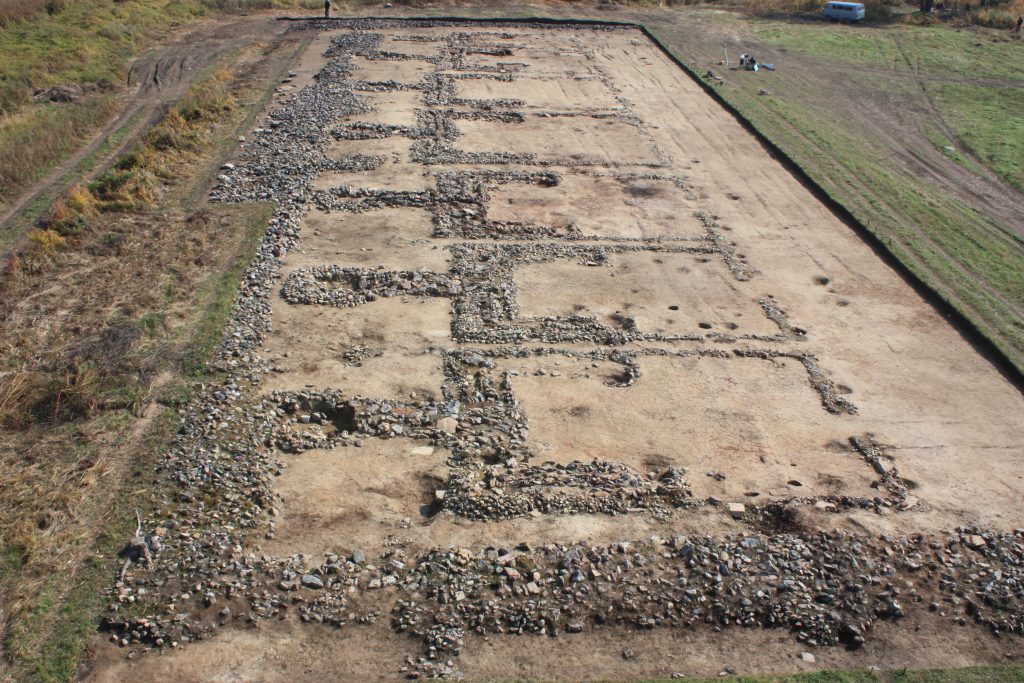



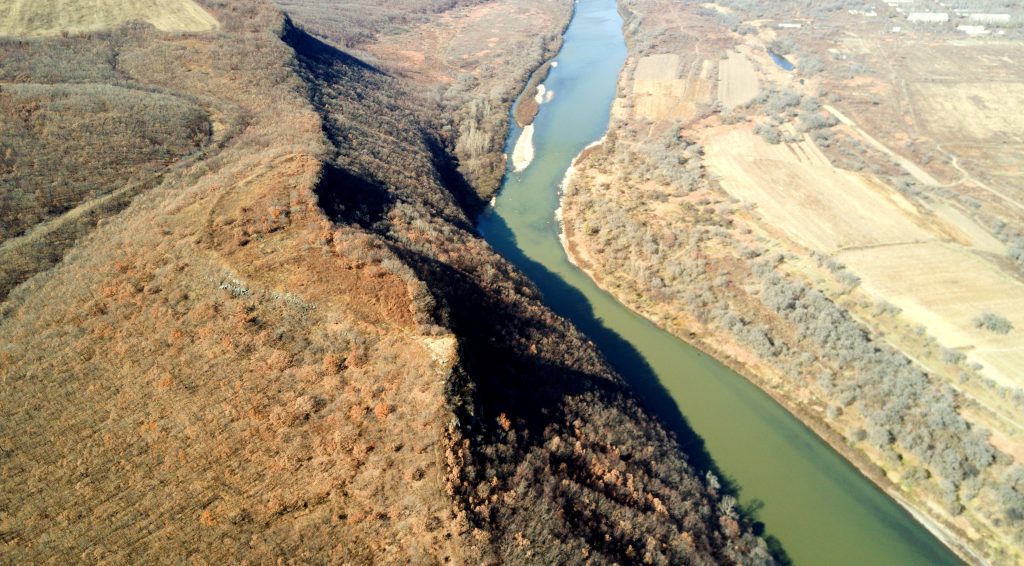

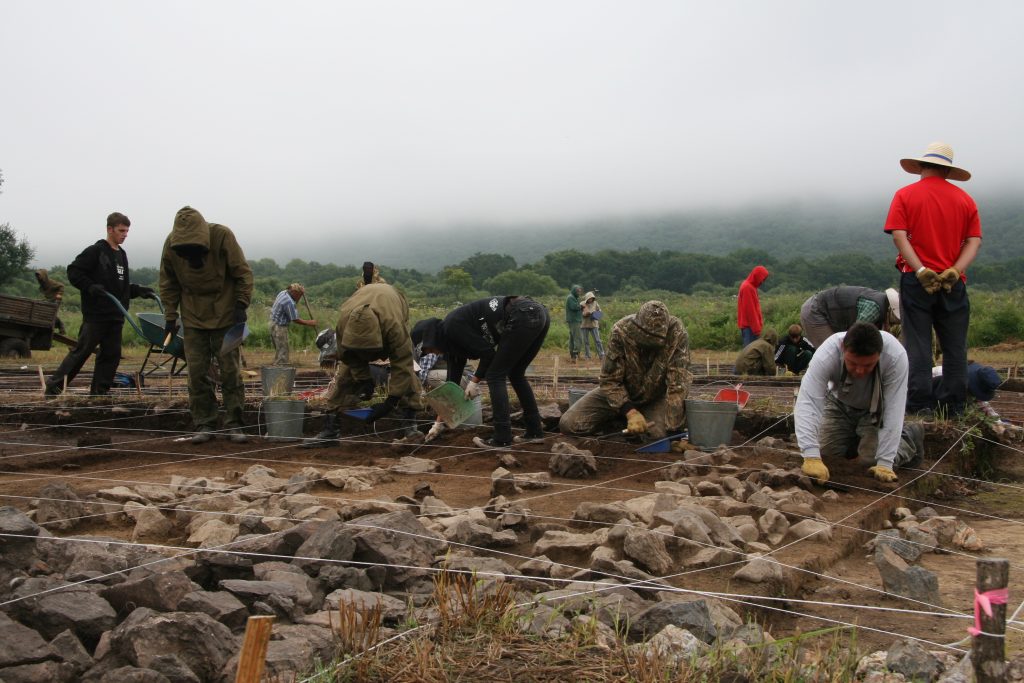

2. Archaeological Excavations of Ancient Stone Mound Tombs in Eurasia
Through joint excavations in Mongolia and Kazakhstan, the NRICH has strived to identify the lineage, origin, and characteristics of stone mounds featured in ancient Silla tombs created between the 4th and 6th century in the southwestern part of the Korean Peninsula.
With the Institute of Archaeology at the Mongolian Academy of Sciences, the NRICH conducted joint excavations on the ancient tombs of Shiveet Khairkhan in the Altai region of Mongolia and identified seven tombs from Pazyryk culture (5th–3rd century BCE) and another seven tombs from the Xianbei period (1st century BCE – 3rd century CE). From Pazyryk tombs, in particular, a wide array of unique burial objects were recovered, including an iron horse bit, wooden ornaments, a bone belt ornament, and the remains of horse sacrifices. Moreover, the discovery of a wooden outer coffin, hollow log coffin, and stone outer coffin has confirmed the existence of different types of burial practices. At the same time, physical anthropological analyses of human skeletal remains, coupled with DNA and stable isotope analyses, have revealed that the deceased were men with a height of 165–169 centimeters and women with a height of some 160 centimeters. The research also confirmed that their main diet was wild plants and their main source of protein was terrestrial animals. Furthermore, a genetic analysis of horse remains has shown that seven of the nine horses belonged to different lineages, suggesting that the process of phylogenetic differentiation had already been well underway at the time.
The NRICH has also conducted joint excavations with the Research Institute Halyk Kazinasy at the National Museum of the Republic of Kazakhstan to study nine ancient tombs from the Saka period (5th–2nd century BCE) located in Katartobe, Kazakhstan. The excavations identified the use of an ancient earthwork engineering technique in which different types of soil were alternately piled up in layers. The study also discovered several different types of burial chambers within one burial mound, a fact that suggests that the buried either faced simultaneous deaths due to war or disease, or were victims of human sacrifice. In addition, a physical anthropological analysis of human remains has confirmed that the deceased were European Caucasoid men and women with heights of 170–180 centimeters and 170 centimeters, respectively. According to the stable isotope analysis of their collagen samples, their main diet consisted of meat and dairy products, coupled with a small amount of plant-based foods, such as wheat, oats and proso millet. As for animal skeletal remains, the bones of horses, dogs, sheep, cattle, and other animals were recovered. Sheep and horses, in particular, were sacrificed as offerings for the deceased and consumed as funeral food.
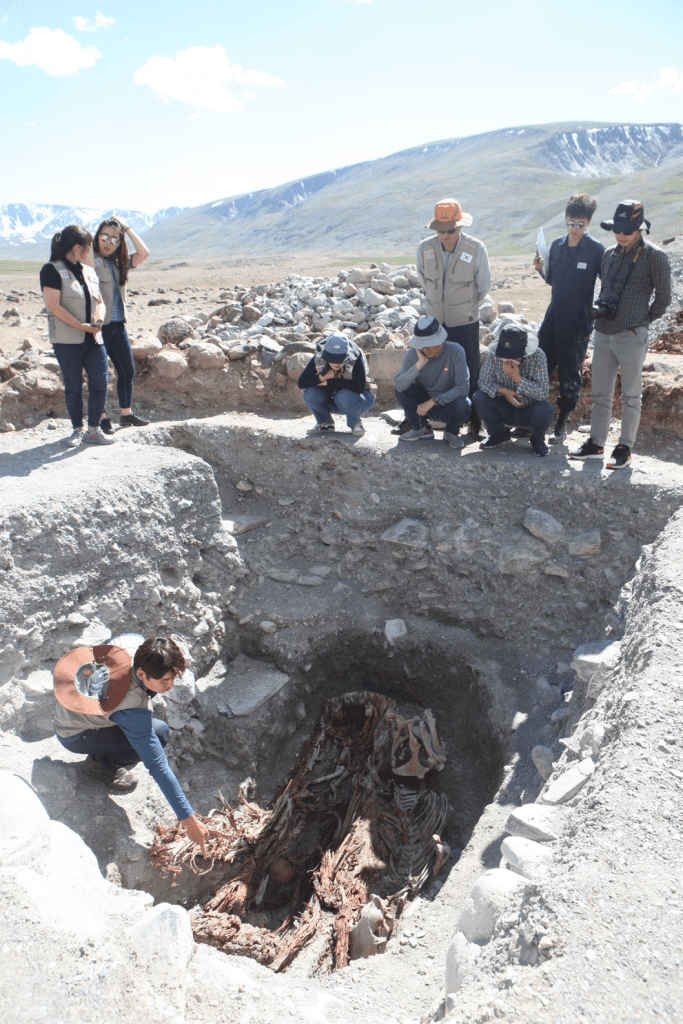

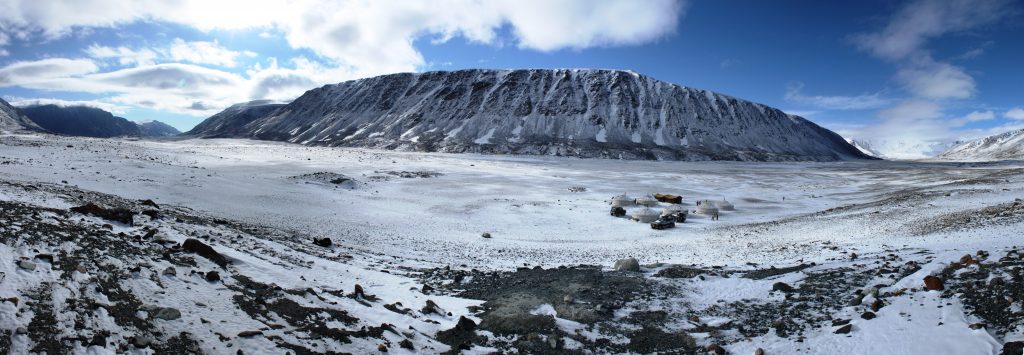

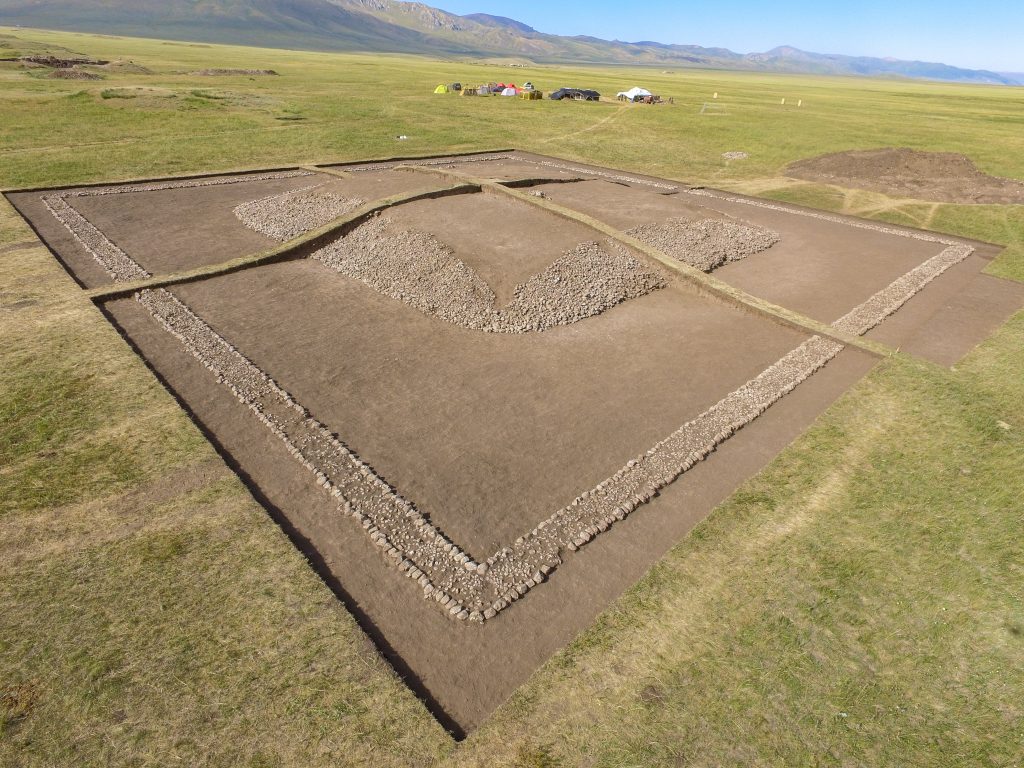


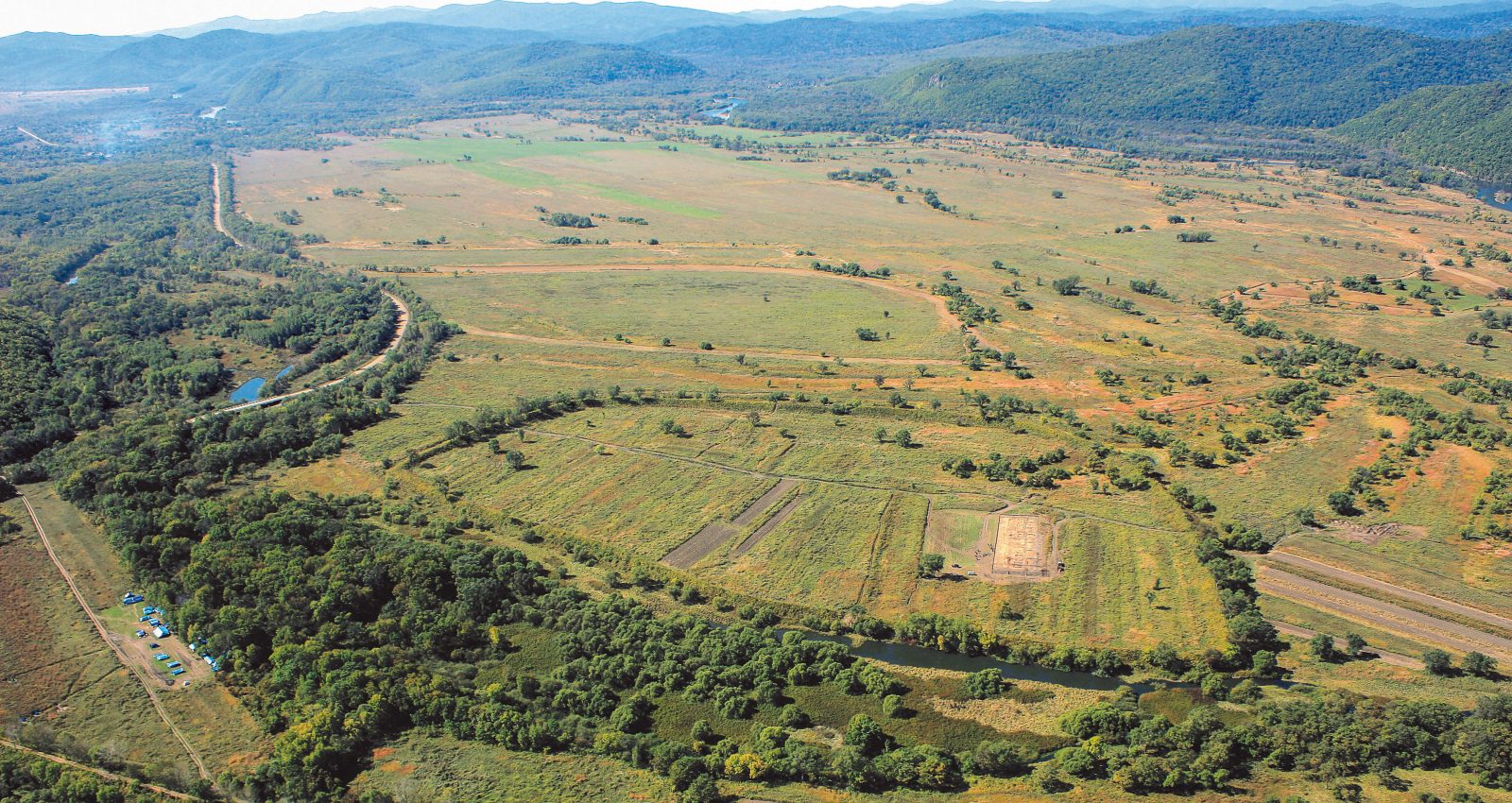
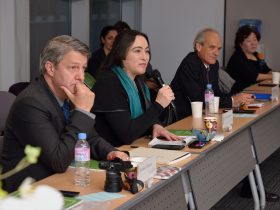
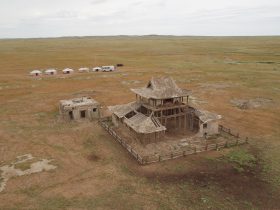
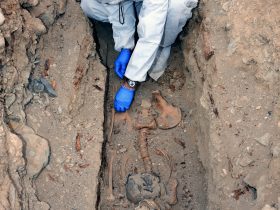
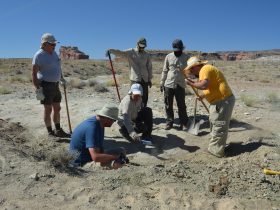
Leave a Reply